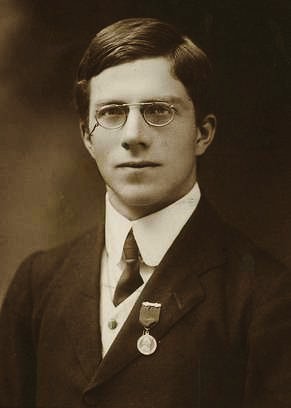Maximum likelihood facts for kids
Maximum likelihood estimation (often called maximum likelihood or MLE) is a clever way to make educated guesses about numbers in a statistical model. Imagine you have some information, like how many times a coin landed on heads. MLE helps you guess if the coin is fair or if it's more likely to land on heads or tails. It finds the values that make the information you observed seem most likely to happen. A scientist named Ronald Fisher helped develop this method a lot in the early 1900s.
A Look Back in Time
Some early thinkers like Carl Friedrich Gauss and Pierre-Simon Laplace used ideas similar to maximum likelihood.
However, it was Ronald Fisher who truly made this method well-known. Between 1912 and 1922, he strongly suggested using maximum likelihood estimation. He also studied it very carefully.
Later, in 1938, Samuel S. Wilks provided an important mathematical explanation for maximum likelihood estimation. This explanation is now known as "Wilks' theorem". It helps scientists understand how accurate their guesses are. It shows that the errors in these guesses follow a special pattern. This pattern makes it easier to figure out how confident you can be in the numbers you've estimated. Wilks kept improving his explanation throughout his life.
Some of the ideas behind maximum likelihood estimation also helped develop Bayesian statistics.
See also
 In Spanish: Máxima verosimilitud para niños
In Spanish: Máxima verosimilitud para niños


